This morning, Dhaka, the bustling capital of Bangladesh, recorded an AQI index of 111, placing it ninth on the list of cities with the worst air quality. Classified as 'unhealthy,' today's (14 June, 2024) air quality marks a significant decline from yesterday's 'moderate' AQI of 81.
The air quality index (AQI) categorizes air quality as 'moderate' when the AQI value is between 50 and 100, advising sensitive individuals to limit prolonged outdoor activities. AQI values between 101 and 150 are 'unhealthy for sensitive groups,' 151 to 200 are 'unhealthy,' 201 to 300 are 'very unhealthy,' and values above 301 are 'hazardous,' posing severe health risks.
Topping the list are Kinshasa in the Democratic Republic of the Congo, Kampala in Uganda, and Jakarta in Indonesia, with AQI scores of 181, 166, and 155, respectively.
The AQI provides daily reports on air quality, indicating the cleanliness or pollution level of a city's air and the associated health risks. In Bangladesh, the AQI is determined by five pollutants: particulate matter (PM10 and PM2.5), nitrogen dioxide (NO2), carbon monoxide (CO), sulfur dioxide (SO2), and ozone.
Dhaka has consistently grappled with air pollution, with air quality typically worsening in winter and improving during the monsoon season.
The World Health Organization (WHO) estimates that air pollution is responsible for approximately seven million deaths worldwide each year, primarily due to stroke, heart disease, chronic obstructive pulmonary disease, lung cancer, and acute respiratory infections.



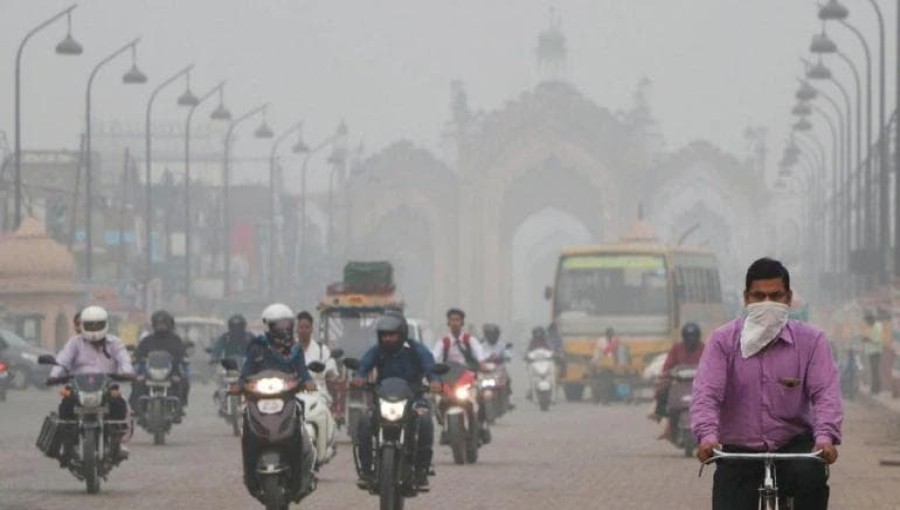

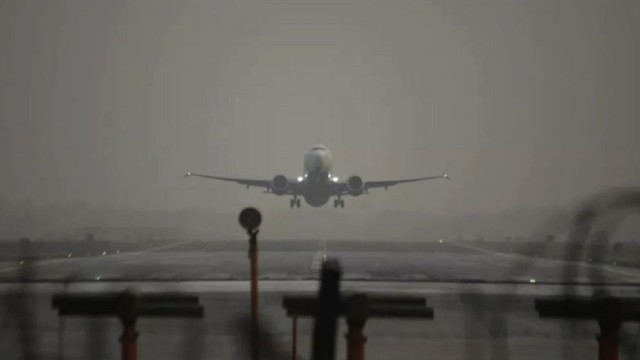
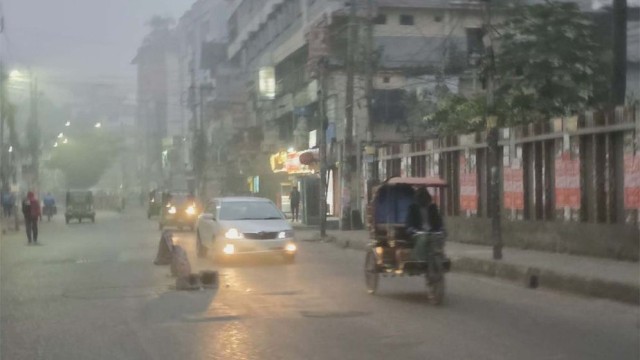
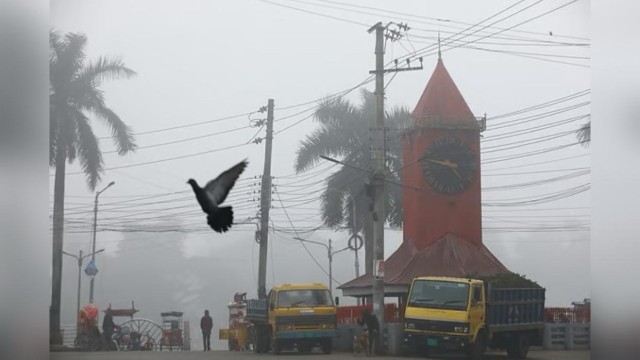
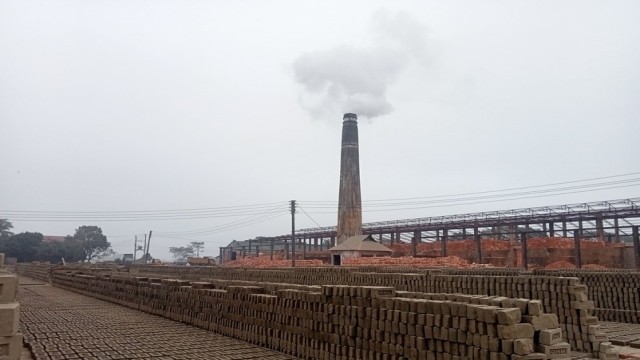
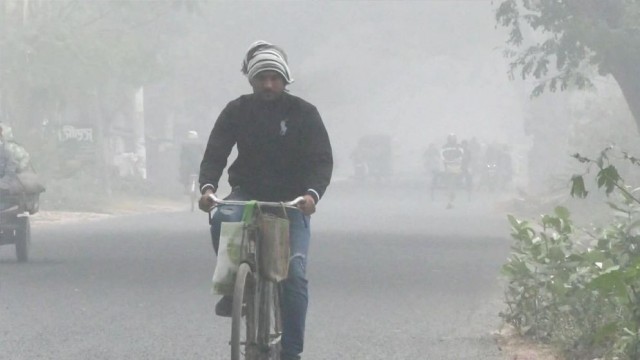
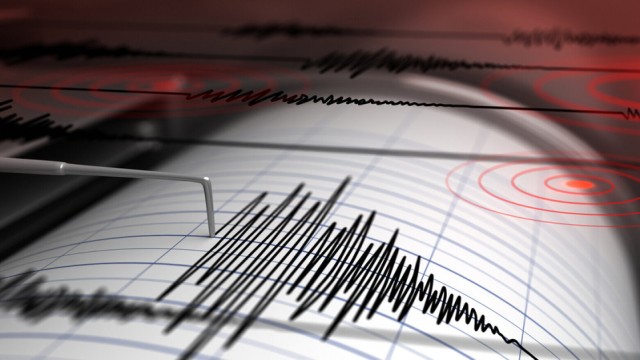
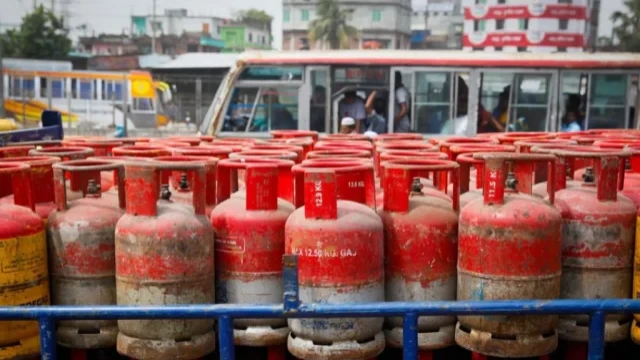



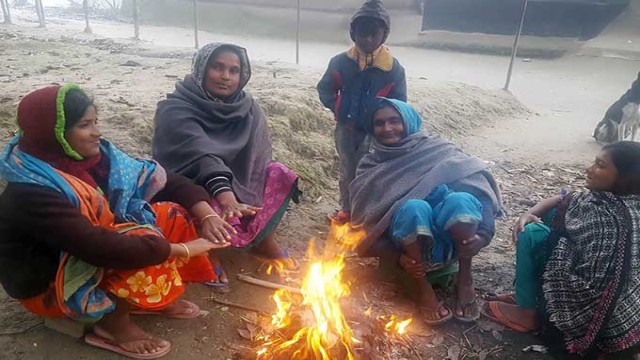





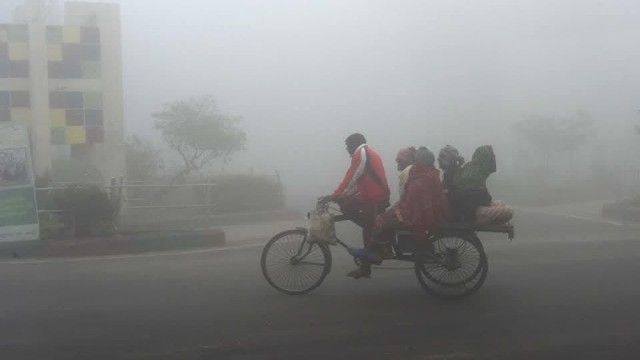
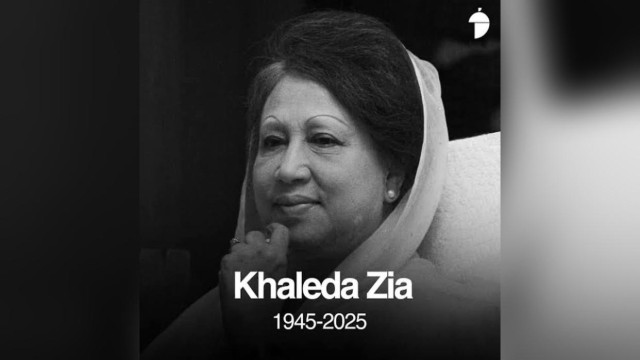
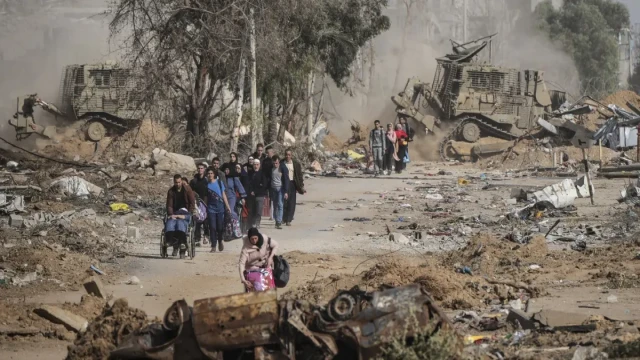



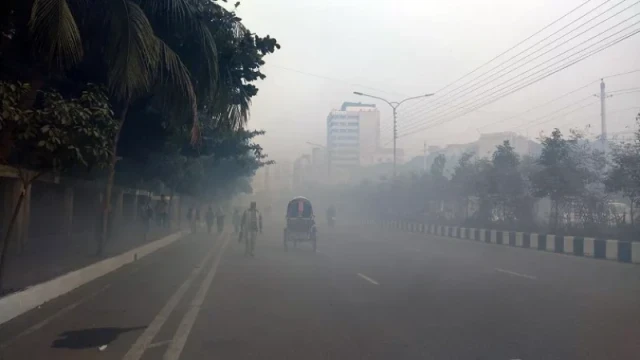
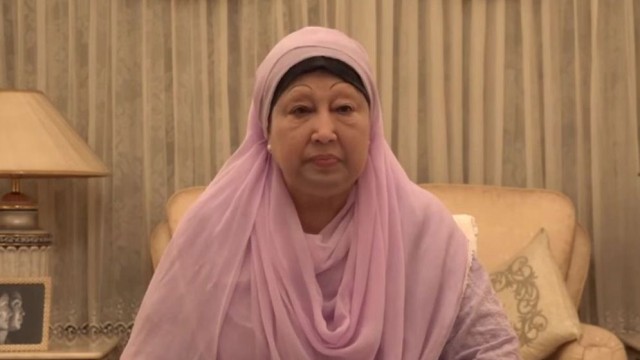


Comment: